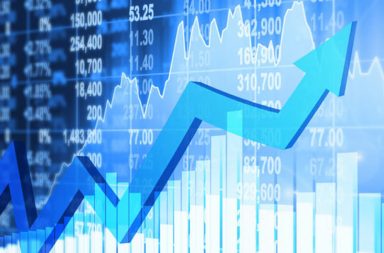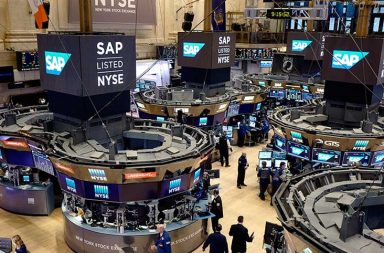Consumer prices in the U.S increased last month among a hike in the cost of gasoline and rental accommodation, indications of a tightening in inflation that could permit further monetary policy tightening from the Fed this year.
Additional data on Thursday showed an unexpected decrease in the number of Americans filing applications for unemployment benefits last week. Though the data was affected by hurricanes Harvey and Irma, the labor market remains healthy with advancing reports of worker shortages in some industries.
The Labor Department reported its Consumer Price Index increased 0.4 percent last month after hiking 0.1 percent in July. August’s increase was the biggest in seven months and lifted the year-on-year advance in the CPI to 1.9 percent from 1.7 percent in July.
Economists had projected the CPI gaining 0.3 percent in August and jumping1.8 percent year-on-year. The Labor Department reported Harvey had a “very small effect on survey response rates in August.”
Gasoline prices hiked 6.3 percent, the largest increase since January, after being unchanged in July. Further advances are likely in September after Harvey forced temporary closures of refineries. Labor Department officials stated it was hard to say whether the storm, which slammed Texas toward the end of August, impacted on gasoline prices in August.
Cutting out the volatile food and energy components, consumer prices gained 0.2 percent in August. That followed four consecutive monthly advances of 0.1 percent.

THE MORNING REPORT
Start your workday the right way with the news that matters most.
Your information is 100% secure with us and will never be shared Disclaimer & Privacy Policy
In the 12 months through August, the so-called core CPI increased 1.7 percent. The year-on-year core CPI has now jumped by the same margin for four straight months.
 D. Marie
D. Marie 



